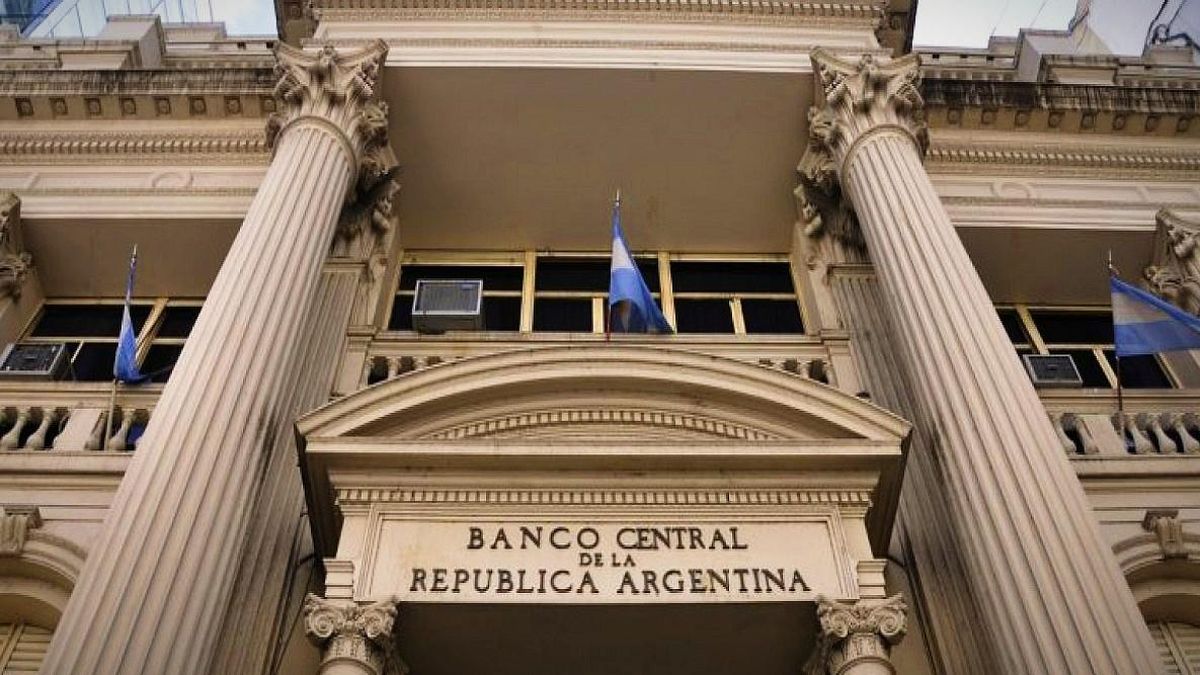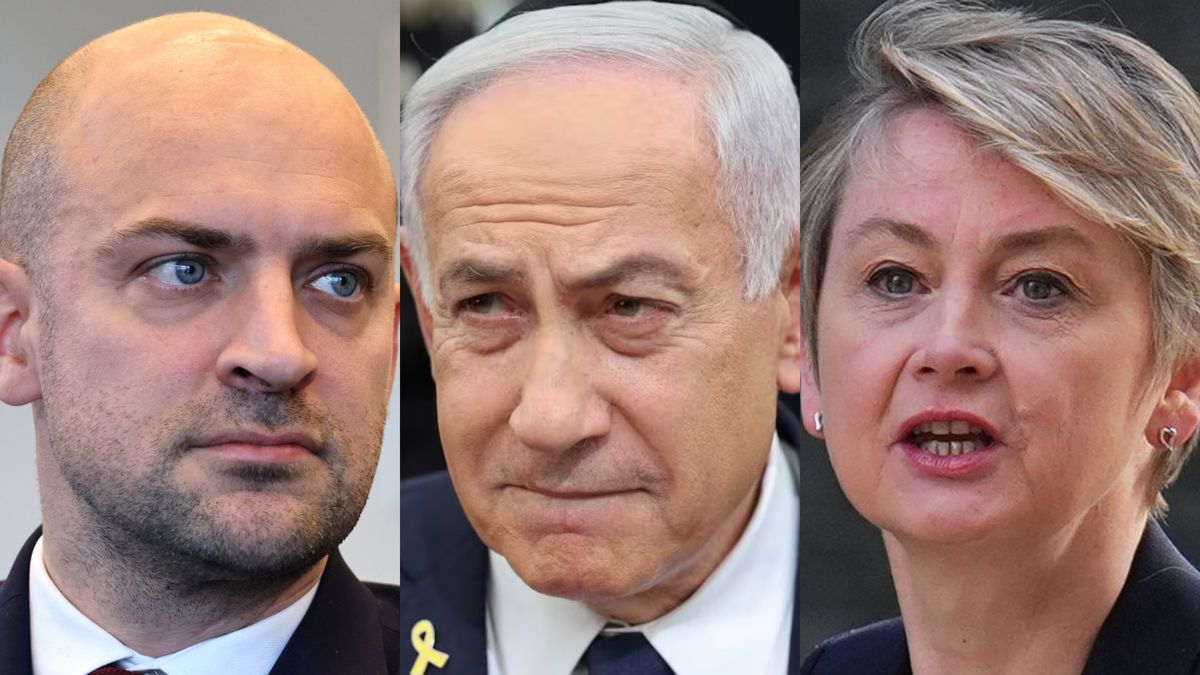In the two weeks prior to the 2015 presidential ballot, the Central Bank had to sell some US $ 1,221 million to supply the demand of importing companies and banks in the Single Free Exchange Market (MULC).
Despite this, the monetary authority sold about $ 290 million in the market on Friday, the highest level since the inauguration of Alberto Fernández’s government.
“The demand reflected the concern about the proliferation of rumors about possible modifications in the exchange scheme,” said BCRA sources, who, at the same time, indicated that “the offer also reacted by postponing operations, which should be channeled in the next week “.
“The same pressure is registered prior to each electoral process,” said the sources, who affirmed that “there is no discussion in the government in this regard and the goals reflected in the budgets for this year and the 2022 project are ratified.”
International reserves
The BCRA closed this Friday with US $ 42,607 million, just US $ 200 million below the level they had at the beginning of November (US $ 42,817 million) since, despite sales in the exchange market and interest payments for IMF loans, US $ 792 million entered in recent days from multilateral credit organizations (US $ 295 million from CAF, US $ 438 million from the IDB and US $ 59 million from the World Bank).
A completely different situation from the one that occurred in the two weeks prior to the 2019 presidential elections when reserves fell from $ 47,859 million to $ 43,551 million (- $ 4,308 million), product of the sales in the foreign exchange market and the payment of debt securities that had not yet been restructured.
More modest had been the fall in reserves in 2015, when they went from US $ 26,440 million on November 9 to US $ 25,841 million (-U $ 601 million) on the 20th of the same month.
The greatest impact of the change in tension in recent weeks was noted, on the other hand, in the gaps with parallel prices, both in the stock market where the difference between the wholesale dollar (which closed at $ 100.22 per unit) and the MEP and CCL dollars was around 84%, while the distance with the blue dollar was almost 100%.
In this sense, the blue dollar closed its price at $ 200 per unit, according to the survey of different sources of the informal market, while the MEP and CCL prices were around $ 184 for each dollar.
“In the years where there are electoral processes, speculations are always unleashed on the exchange market,” said the president of the BCRA, Miguel Pesce, weeks ago, to which is added the usual “stress” that occurs at this time of year when “they stop enter the resources coming from the coarse and fine crops “.
“We are at that moment, I think we are going to go through it successfully, as we went through last year,” said Pesce, while affirming that the monetary authority has “the ability to protect reserves and take care of them for those who save, who they produce and they invest. “
In this regard, the Central took a series of measures in recent weeks to limit the net position of dollars that banks have on their balance sheets, with the idea of taking pressure off the market, although it freed up access for importers of intermediate inputs and goods of capital, so as not to affect the level of economic activity.
“There are moments when we can relax exchange regulations in favor of production, investment and exchange and, in others, it is necessary to introduce some regulation to avoid an overflow that compromises exchange rate stability,” said Pesce.
Source From: Ambito
David William is a talented author who has made a name for himself in the world of writing. He is a professional author who writes on a wide range of topics, from general interest to opinion news. David is currently working as a writer at 24 hours worlds where he brings his unique perspective and in-depth research to his articles, making them both informative and engaging.




